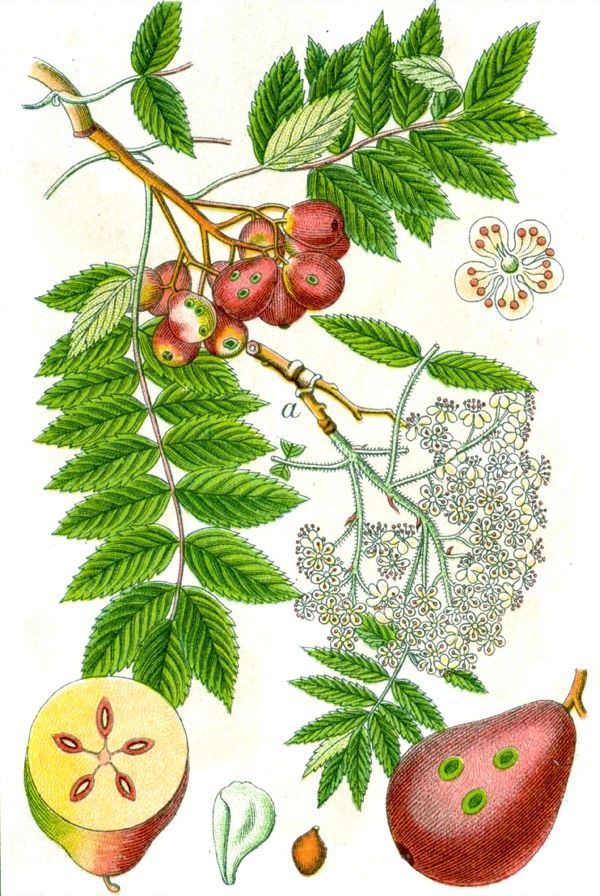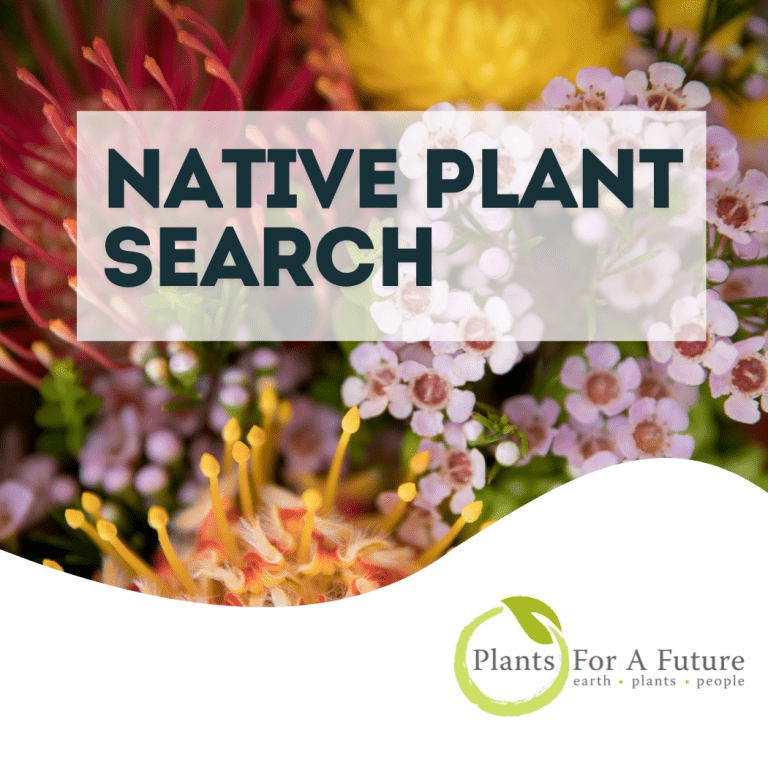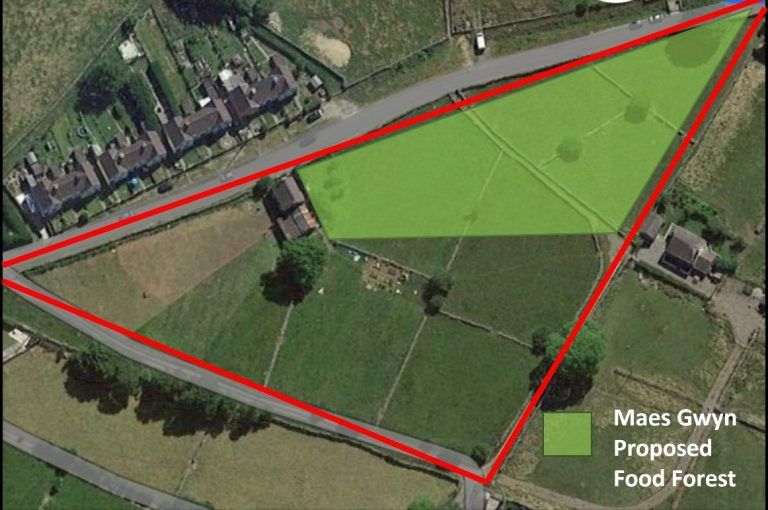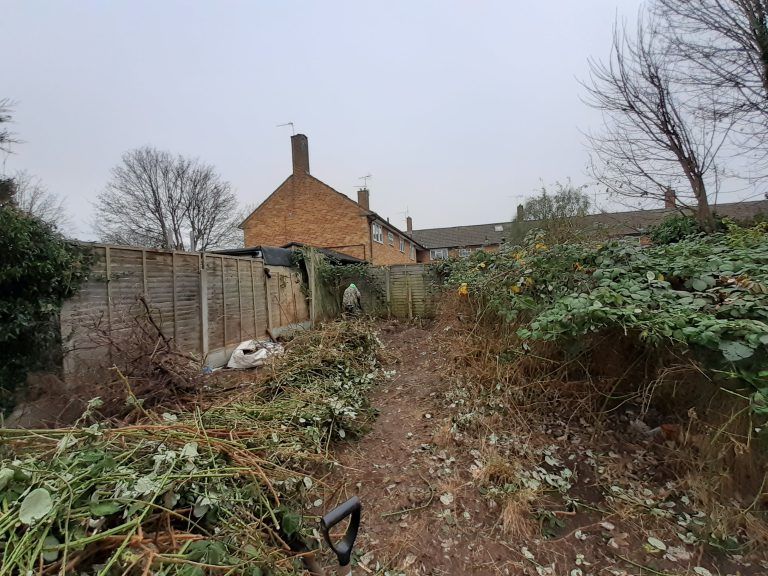A delicious fruit for the autumn. Sorbus domestica is a deciduous tree growing to 15m (50ft) at a medium rate with a trunk up to 1m (3′ 4″) in diameter. On exposed sites it may only grow to be a shrub 2 – 3m (6–10ft) tall. Leaves are 15-25cm (6–10”) long, pinnate with 13 – 21 leaflets 3–6cm (1–2.5”) long and 1cm (0.4”) broad, with a bluntly acute apex, and a serrated margin on the outer half or two thirds of the leaflet. The flowers are 13–18mm (0.5–0.7”) in diameter, with five white petals. It flowers in late spring, and the seeds ripen in autumn. Sorbus domestica flowers are hermaphrodite and are pollinated by insects. It is noted for attracting wildlife and can tolerate strong winds but not maritime exposure. A good planting habitat is the woodland garden canopy.
The fruit which can be eaten raw or cooked, but is usually bletted if it is going to be eaten raw. This involves storing the fruit in a cool dry place until it is almost but not quite going rotten. At this stage the fruit has a delicious taste, somewhat like a luscious tropical fruit. The fruit will often begin its bletting process whilst still on the tree, and we have eaten delicious fruits straight from the tree in mid autumn. The fruit can also be dried and used like prunes. The fruit is up to 3cm (1.2”) across.
Fresh juice from ripe fruit or a decoction made from the dried fruit act as an astringent for the intestinal tract. Externally, preparations are used for skin cleansing. The bark is a source of tannin. Service tree wood is fine grained, very heavy, hard to split and used for furniture, screws, and wine presses.
Service trees succeed in most reasonably good soils in an open sunny position, tolerating light shade, though it fruits better in a sunny position. The service tree is occasionally cultivated for its edible fruit. There are 2 distinct forms, S. domestica pomifera. (Hayne.) Rehd. with apple shaped fruits (which ripen in autumn) and S. domestica pyriformis. (Hayne.) Rehd. with pear shaped fruits which ripen from late autumn. Plants are susceptible to fireblight and to canker (which is especially prevalent in areas with high rainfall. They grow best in the drier areas of Britain, which in general means the eastern half of the country.
The seed is best sown as soon as it is ripe in a cold frame. If you have sufficient seed it can be sown in an outdoor seedbed. Stored seed germinates better if given 2 weeks warm then 14–16 weeks cold stratification, so sow it as early in the year as possible. Prick out the seedlings into individual pots when they are large enough to handle. Seedlings are very slow to put on top-growth for their first year or two, but they are busy building up a good root system. It is best to keep them in pots in a cold frame for their first winter and then plant them out into their permanent positions in late spring.
Service Tree, Sorb Apple
Sorbus domestica
Family: Rosaceae
Known Hazards: The seeds probably contain hydrogen cyanide. This is the ingredient that gives almonds their characteristic flavour. Unless the seed is very bitter it should be perfectly safe in reasonable quantities. In small quantities, hydrogen cyanide has been shown to stimulate respiration and improve digestion, it is also claimed to be of benefit in the treatment of cancer. In excess, however, it can cause respiratory failure and even death.
Natural Habitats: Woods and bushy places.
Natural Range: Europe.
Hardiness Zones: USDA 6–10. PFAF 6. Not frost tender.
Type & Size: Medium sized deciduous tree growing to 15m (50ft)
Growth: Medium
Soil: light (sandy), medium (loamy) and heavy (clay) soils. It prefers well-drained moist soil.
Soil pH: acid, neutral and basic (alkaline) soils.
Light: It can grow in semi-shade (light woodland) or no shade.
References: 1, 2, 3, 11, 45, 46, 61, 74, 78, 80, 98, 115, 188, 121, 132, 183, 188, 200, K
Edible Rating 5
Medicinal Rating 0
Other Uses: 2
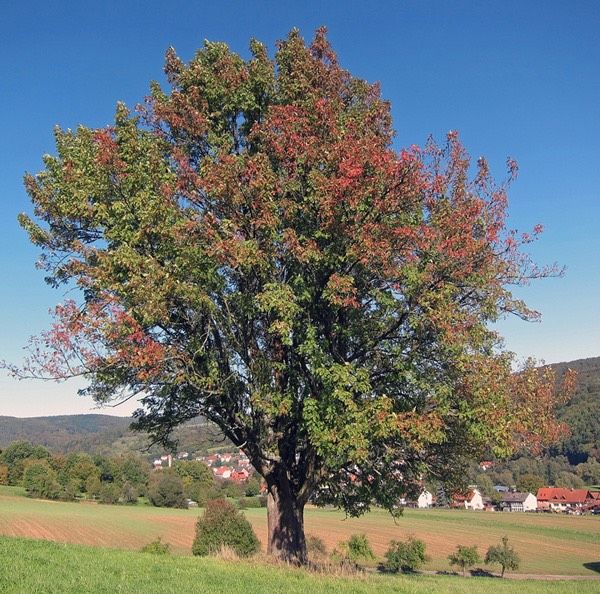
Database entry: https://www.pfaf.org/user/plant.aspx?LatinName=Sorbus+domestica

